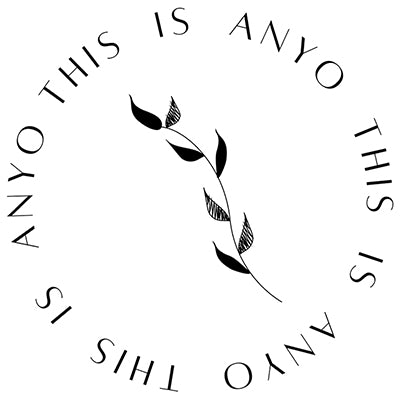A global problem for nearly all industries is waste - most notably water waste within the textile industry.
Factories can use approx. 700 gallons of water to produce ONE T-shirt. Yep! That is enough water for a single person to drink for over two years!
Standard water waste is an issue because of the scarcity of water. It’s a finite resource that is being used far too much for industrial processes.
Not only is the volume of water that is being wasted a serious concern, but so is the disposal. Many industrial processes have to contaminate the water with chemicals, dyes, and other toxins. As industries throw away their contaminated waste water into the environment this has a serious impact on animal health, ecology, and groundwater production.
"Effluent Treatment Plant or ETP is one type of waste water treatment method which is particularly designed to purify industrial waste water for its reuse and it’s aim is to release safe water to environment from the harmful effect caused by the effluent." Akruthi Enviro Solutions
Example of an industrial ETP process:

During textile manufacture, water is used for dyeing, washing and printing textiles and generates mass amounts of toxic wastewater or effluent. As per legal requirements, for the water to be released back into the natural environment, it must be treated to remove all toxic elements.
ETP's are used across several industries; from food and beverage, to paper mills and cooling systems, all are required to dispose of their wastewater as per legal guidelines. The influent water has acid, oil, grease, and other solid substances like plastic, paper. The Effluent water is recycled back for industry use or discharged to the environment.
Our factories have state of the art ETP's, in-house specialists and testing facilities to ensure the safety of the treated wastewater. Our supplier tests the water for pH, DO, BOD, COD and TDS (see glossary of terms below). The treated wastewater is also used around the factories for car washing and gardening.
At This Is Anyo, we are small, but what we can do is make considered choices in who we work with and what materials we use. We can also share knowledge with you, our customers, to help to raise awareness for sustainability and what goes into the manufacturing process.
BOD = Biochemical Oxygen Demand. The amount of oxygen which is consumed by bacteria whilst decomposing.
COD = Chemical Oxygen Demand. The amount of oxygen required for the chemical oxidation of total organic matter in water.
DO = Dissolved Oxygen. The amount of gaseous oxygen dissolved in water.
PH = A scale used to specify the acidity or basicity of an aqueous solution.
TDS = Total Dissolved Solids. The total concentration of dissolved substances in water.
How Effluent Treatment Plant (ETP) works? (daacoworks.com)
Effluent Treatment Plant | ETP (neoakruthi.com)
Water Waste in the Textile Industry & Environmental Impacts - Sensorex
